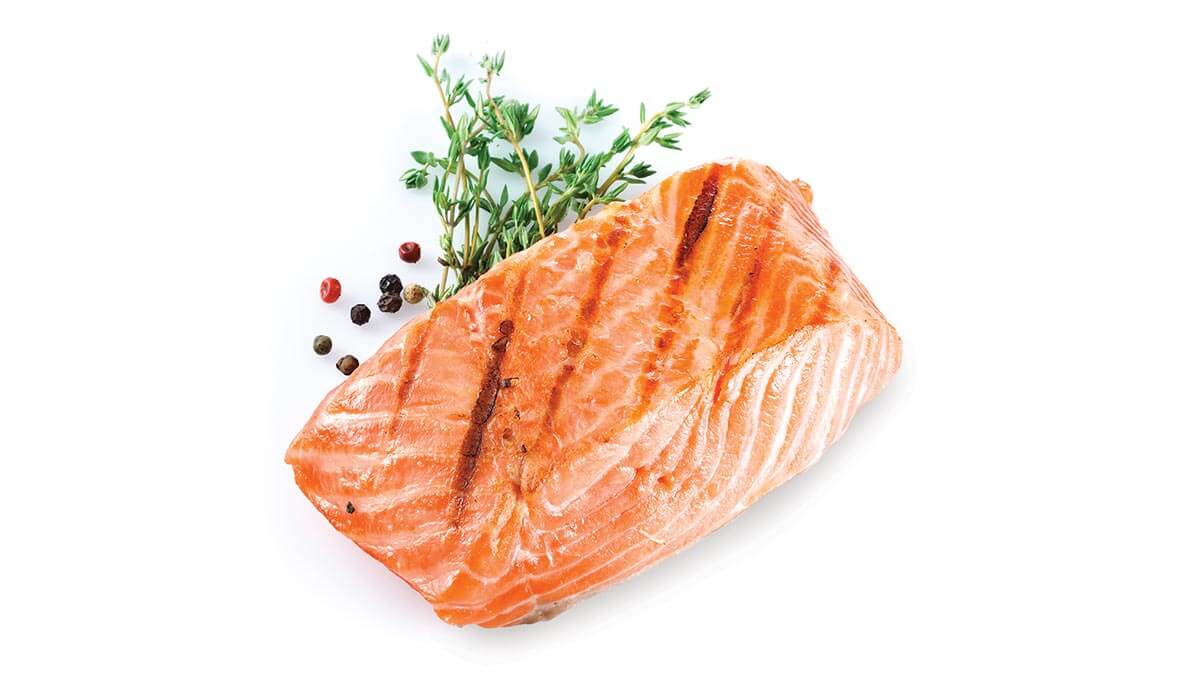
Chronic inflammation has been linked with many health conditions Americans are living with, such as heart disease and diabetes. We know that food plays a role in chronic inflammation, so what is that role, and how do you eat to fight inflammation?

Inflammation Basics
Inflammation is the body’s natural response to infection or injury. Your immune system is set in motion when it detects harm, such as when you have a cold or get a cut. Symptoms can include redness around the injured area or a fever when you are sick. This normal reaction is acute inflammation, meaning the immune system responds and then retreats after you are healed or well.
Sometimes, that response doesn’t get “shut off,” so immune cells hang around longer and in greater numbers than is necessary for healing. This prolonged state is chronic inflammation, which can damage healthy cells, tissues, and organs. Chronic inflammation in the body sets the stage for certain diseases and conditions or can make it harder to manage them.
The Good News: What You Eat Can Help
Our understanding of inflammation is evolving. Of course, there are some factors we cannot change about our health and the risks of chronic inflammation. However, there is something within our control, something that we know affects inflammation: what we eat! An anti-inflammatory pattern of eating may help reduce the risk for—or lessen the effects of—chronic inflammation. There are many different patterns of eating considered to be anti-inflammatory, but they have the following characteristics in common:
What might surprise you is that there is no single “anti-inflammatory diet,” and no one list of foods to entirely avoid. It’s all about the overall pattern! Examples of anti-inflammatory eating patterns include the Mediterranean Diet, plant-forward eating approaches, and our Wegmans Healthy Eating Guidelines.
Other lifestyle factors that have been shown to help reduce chronic inflammation include physical activity, dental hygiene, and restorative sleep.
How to Get Started
It is tempting to think that one or two foods can help you fight inflammation, but it is your overall pattern of eating—what you eat most of the time—that has the most potential for impact. So, while an individual food may not be considered inflammatory or anti-inflammatory on its own, think about where you might start to make small shifts in your food choices that will move you toward a more anti-inflammatory eating pattern.
Our Healthy Eating Guidelines are an overview of foods linked with good health. They provide guidance on recommended daily and weekly servings.

Provide a variety of nutrients and antioxidant plant compounds.

Compact sources of nutrients including protein, fiber, and unsaturated fats.

Lean Meat, Poultry, Eggs & Meat Alternatives
Contain protein, essential B vitamins, and minerals.

Contain more nutrients and fiber than refined grains.

Provides anti-inflammatory omega-3s in varying amounts.

Provide mostly unsaturated fats that support heart health, especially if replacing solid fats.

Carries nutrients to cells and hydrates the body.

Budget-friendly options that deliver plant protein plus vitamins, minerals, and fiber.

Dairy & Fortified Soy Alternatives
In addition to calcium, fermented options, such as yogurt and kefir, have bacteria that may support gut health.
Basic Guideline
5 or more servings per day (aim for a mix of colors)
What’s a Serving?
Basic Guideline
3 or more servings per day (make half your grains whole grains)
What’s a Serving?
Basic Guideline
3 servings per day
What’s a Serving?
Basic Guideline
About a handful each day
What’s a Serving?
Basic Guideline
2 or more servings per week
What’s a Serving?
Basic Guideline
3 or more servings per week
What’s a Serving?
Basic Guideline
5 servings per day, ideally divided between two or more meals (limit or avoid red and processed meats)
What’s a Serving?
Basic Guideline
Use in place of solid fats
What’s a Serving?
Basic Guideline
Needs vary based on age, gender, activity level, and climate. Most healthy adults can use thirst as a guide.
What’s a Serving?
These guidelines are intended for adults and are based on the 2020-2025 Dietary Guidelines for Americans and the Mediterranean Diet. If you have a specific dietary need or a medical condition, check with your doctor to see if these guidelines are suitable for you.